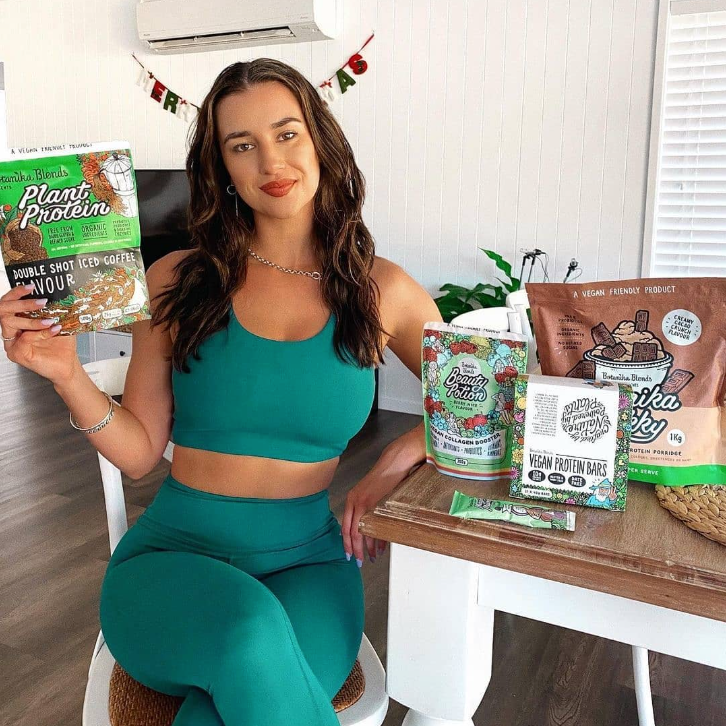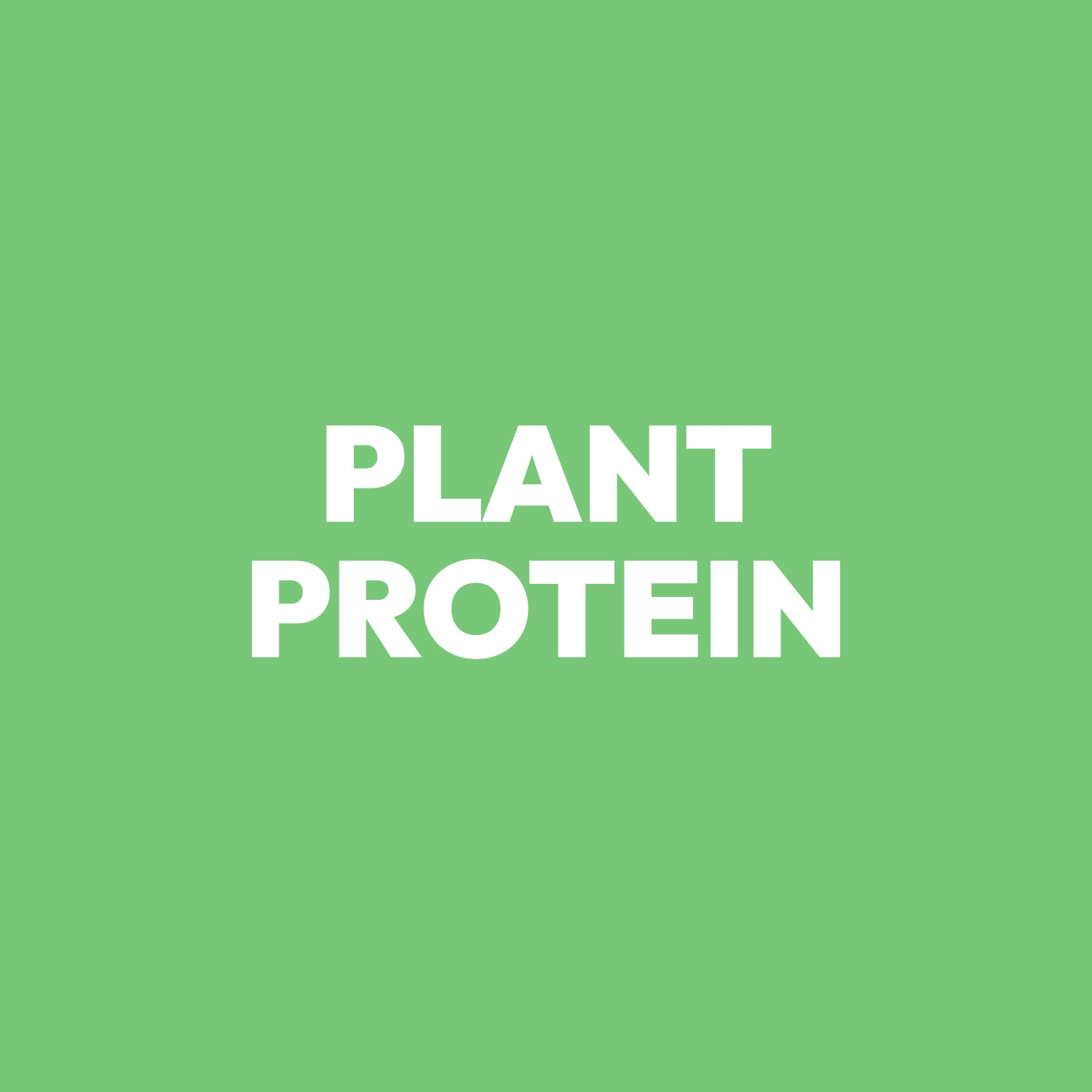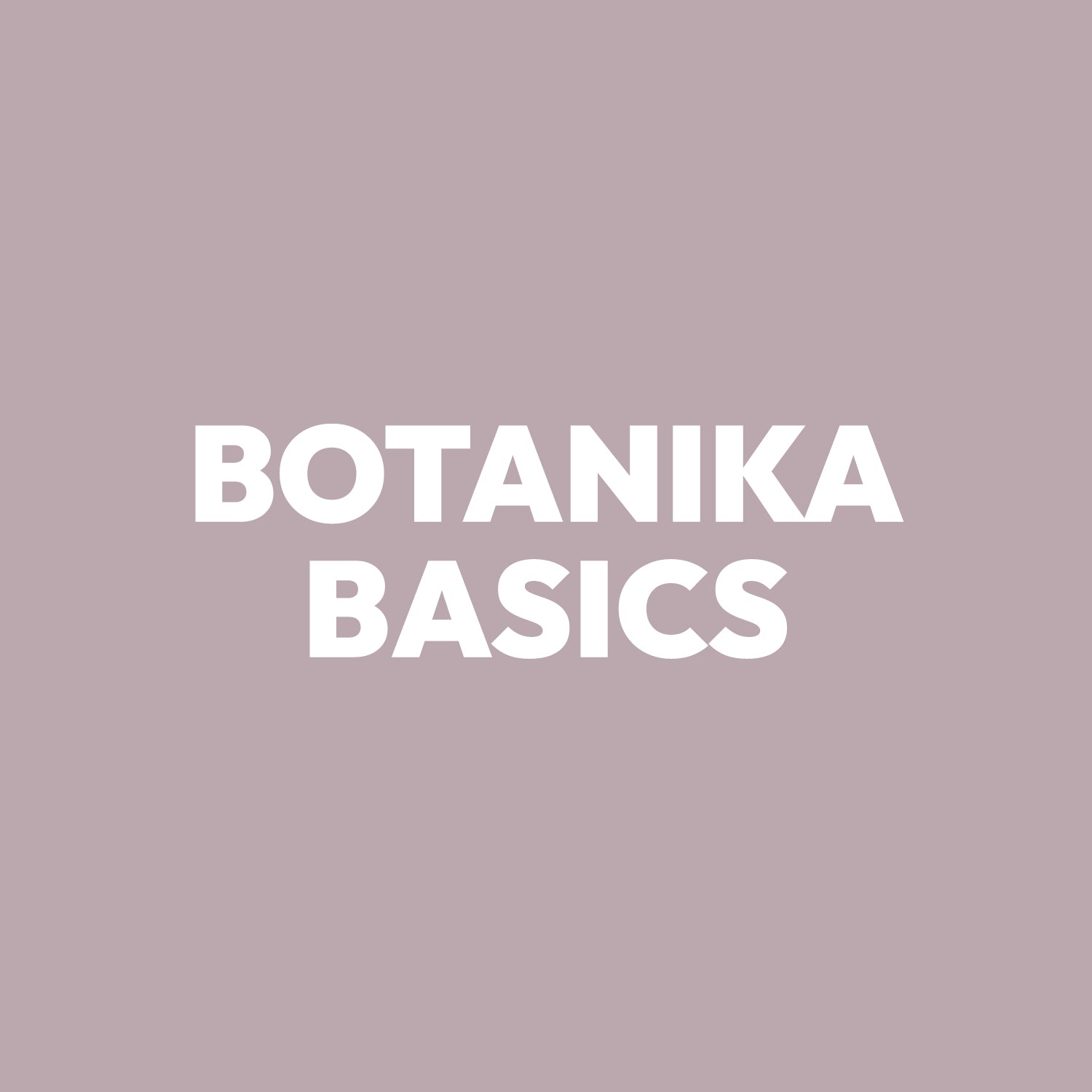

Pea vs Rice Protein: Which is Better for Muscle Growth and Health?
When it comes to plant based proteins, two of the most popular options are pea protein and rice protein. Both are gluten free, dairy free, and easily digestible, making them a great fit for anyone following a plant based diet or managing food allergies.
👉 Check this article about Muscle gain on plant based diet

But when comparing pea vs rice protein, which one comes out on top? And is there a benefit to combining them? At Botanika Blends, we’ve found that using both rice and pea proteins together creates the ultimate complete protein powder—with all the nine essential amino acids needed to support muscle building, recovery, and overall health.
Let’s break it down.
What is Pea Protein?
Pea protein is extracted from yellow split peas, creating a rich source of dietary protein with a strong amino acid profile.
👉 Check this article about what is plant based proteins
Notable benefits of pea protein:
-
High in branched chain amino acids (BCAAs) to support muscle synthesis and recovery.
-
Rich in lysine, an essential amino acid often low in rice protein.
-
Easily digestible and gentle on the stomach—ideal for those with food sensitivities.
-
Naturally gluten free, dairy free, and soy free, making it safe for most dietary needs.
Pea proteins offer around 20–25 grams of protein per serving in most pea protein powders, helping you build muscle mass, manage appetite, and support muscle repair.
What is Rice Protein?
Rice protein powder is typically made from brown rice, although some versions use white rice protein or even wild rice. Through careful processing, the protein content is isolated to create a plant based protein powder rich in nutrients.
👉 Check this article about the futur of nutrition
Notable benefits of rice protein:
-
A strong source of sulfur-containing amino acids like cysteine and methionine.
-
High in antioxidants when made from brown rice or sprouted rice.
-
Naturally gluten free, hypoallergenic, and easily digestible.
-
Offers a neutral taste, making it easy to mix into protein shakes, smoothies, or plant based foods.
On its own, rice protein lacks lysine, meaning it is not a complete protein. But when combined with pea protein, you get a full amino acid profile that rivals even whey protein.
Pea vs Rice Protein: Nutritional Comparison
Here’s how pea and rice proteins compare:
|
Nutrient |
Pea Protein |
Rice Protein |
|---|---|---|
|
Amino Acid Profile |
High in lysine & BCAAs |
High in methionine & cysteine |
|
Digestibility |
Easily digested, gentle on gut |
Easily digested, hypoallergenic |
|
Complete Protein? |
Low in methionine |
Low in lysine |
|
Best For |
Muscle growth, appetite control, recovery |
Digestive health, nutrient support |
The takeaway: pea vs rice protein isn’t about one being better—it’s about how they complement each other.
Why Combine Pea and Rice Protein?
On their own, both proteins have gaps:
-
Rice protein lacks lysine.
-
Pea protein contains less methionine.
But together, pea and rice protein powders deliver a complete protein with all nine essential amino acids needed for muscle synthesis, muscle repair, and long-term health benefits.

This makes pea + rice protein blends one of the best plant based protein powders available—providing enough protein, superior nutritional quality, and the ability to support muscle growth, weight loss, and recovery just as effectively as animal proteins like whey protein.
👉 Check this article about complete proteins
The Botanika Blends Difference
At Botanika Blends, we harness the power of pea and rice protein together in our plant protein powders, creating blends that are:
-
✅ Complete proteins with all essential amino acids needed.
-
✅ Packed with 24–26g of protein per serve to help you build muscle mass.
-
✅ Enriched with digestive enzymes, prebiotics, and probiotics for enhanced digestion and gut health.
-
✅ 100% gluten free, dairy free, and plant based, perfect for all dietary preferences.
-
✅ Available in delicious flavours like Vanilla Cake Batter, Strawberries & Cream, Choc Peanut Butter, and Bubble O’Wiz.
By combining the best of pea and rice proteins, we’ve created plant based protein powders that are not only nutritionally complete but also easily digestible and great-tasting.
The Bottom Line
When comparing pea vs rice protein, the truth is that both are excellent—but together, they’re unbeatable. A blend of pea and rice protein offers a complete protein with all the essential amino acids needed to build muscle, promote recovery, and support overall health.

That’s why at Botanika Blends, our plant protein powders are carefully crafted with pea and rice proteins—giving you the high quality protein your body deserves, in delicious, gut-friendly flavours you’ll actually love.
Share:
FAQ – Pea vs Rice Protein
More blogs
-

Better-For-You Caramel Bars (Vegan Friendly)
Move over, Twix, these vegan caramel bars are here to steal the (snack) spotlight. No refined sugar, no dairy, and absolutely no boring allowed. These better-for-you bars layer a soft, shortbread-style base with a gooey caramel centre (infused with our...
-

Choc & Raspberry Protein Bars (Vegan Friendly)
No bake. No blender. No bull. Just ridiculously easy, high-protein deliciousness. We get it, sometimes you want a snack that feels like dessert but acts like a nutritional overachiever. Enter: these Vegan Choc & Raspberry Protein Bars. They’re crunchy, chocolatey,...
-

10 Tips for Effective Exercise Recovery
Training hard is only half the story—recovery is where real progress happens. Whether you’re lifting weights, running hills, or smashing HIIT, giving your body time to heal and rebuild is essential for muscle growth, performance, and injury prevention. Here are...















